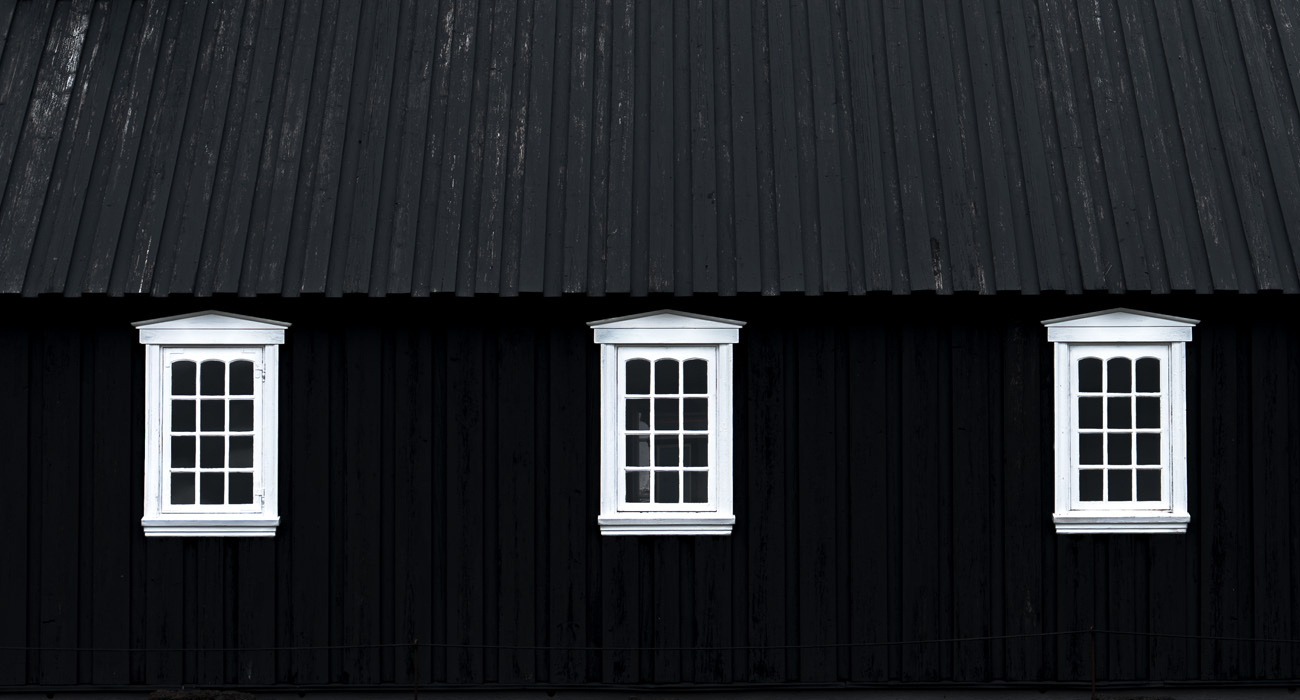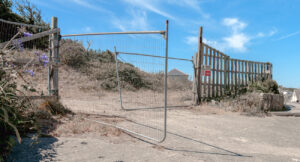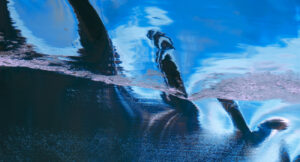The Art of Minimalism is more than a visual style—it’s a mindset that can transform the way you see and photograph the world while traveling. In an age of visual overload, minimalist abstract photography offers a refreshing, thoughtful way to create striking imagery by doing less.
Why Embrace Minimalism in Abstract Travel Photography?
When you’re constantly on the move, cities, landscapes, and cultures can feel overwhelming. Minimalism brings clarity. It helps you focus on what matters—form, texture, color, light, and space—by stripping away distractions. This approach not only elevates your work artistically, but also deepens your connection to place.
Minimalist compositions often highlight:
- Isolated subjects like a single tree in the desert or a lone figure on a beach
- Geometry found in architecture, roads, or shadows
- Negative space, using skies, walls, or open fields to create visual breathing room
- Muted colors or monochrome to evoke mood and simplicity
How to Apply the Art of Minimalism While Traveling
Whether you’re walking through Icelandic lava fields or wandering minimalist Japanese alleyways, here’s how to apply minimalism to your travel photography:
1. Pre-Visualize the Simplicity
Look for scenes that are already visually uncluttered. Ask yourself: “What can I leave out of this frame?”
2. Use Negative Space Creatively
Negative space isn’t empty—it’s powerful. It directs the viewer’s attention and creates emotion. Skies, walls, fog, water—all make excellent minimalist backdrops.
3. Focus on Form Over Subject
An ordinary object—like a stairway, rock, or fence—can become extraordinary when isolated, silhouetted, or abstracted.
4. Embrace Natural Light
Side light, backlight, and shadows often make minimalistic scenes pop without extra elements.
5. Shoot Wide or Close
Wide-angle shots with a small subject in the frame can emphasize scale and space. Macro shots, on the other hand, can abstract surfaces into minimalist compositions.
Gear and Editing Tips
- Prime lenses (35mm, 50mm) help you think more intentionally.
- Manual settings give you better control over exposure and sharpness.
- In post-processing, experiment with desaturation, contrast, and cropping to distill your image even more.
- Don’t be afraid to leave part of your frame “empty”—it adds power.
Minimalism Is a Traveler’s Ally
As a traveling photographer, you often face unpredictability: fleeting light, unfamiliar environments, crowded places. Embracing minimalism allows you to make compelling images anywhere, with little more than a sharp eye and a calm mindset. By practicing The Art of Minimalism, your travel photography becomes not only more refined—but more intentional, mindful, and visually resonant.
Renowned Photographers who are celebrated for their minimalist and abstract landscape photography
Michael Kenna
- Known for: Black-and-white minimalist landscapes with long exposures.
- Style: Quiet, poetic, and meditative. Often captures industrial and natural scenes with surreal simplicity.
- Notable locations: Japan, France, China, and the UK.
- Website: michaelkenna.net
Hiroshi Sugimoto
- Known for: Abstract seascapes and minimal long-exposure photographs.
- Style: Philosophical and conceptual. His Seascapes series is a benchmark in minimalist travel photography.
- Influence: Bridges minimalism, abstraction, and Zen aesthetics.
Edward Weston
- Known for: Abstract close-ups of natural forms like sand dunes, vegetables, and rocks.
- Style: Precise, textural, and form-driven. His work laid the foundation for many modern minimalist photographers.
Josef Hoflehner
- Known for: Stark black-and-white images and minimalist landscapes from across the globe.
- Notable series: Jet Airliner, Iceland, Snow Landscapes.
- Website: josefhoflehner.com
David Burdeny
- Known for: Architectural and landscape photography with strong abstract and minimalist aesthetics.
- Style: Often uses long exposures and symmetrical compositions to isolate beauty.
- Website: davidburdeny.com



